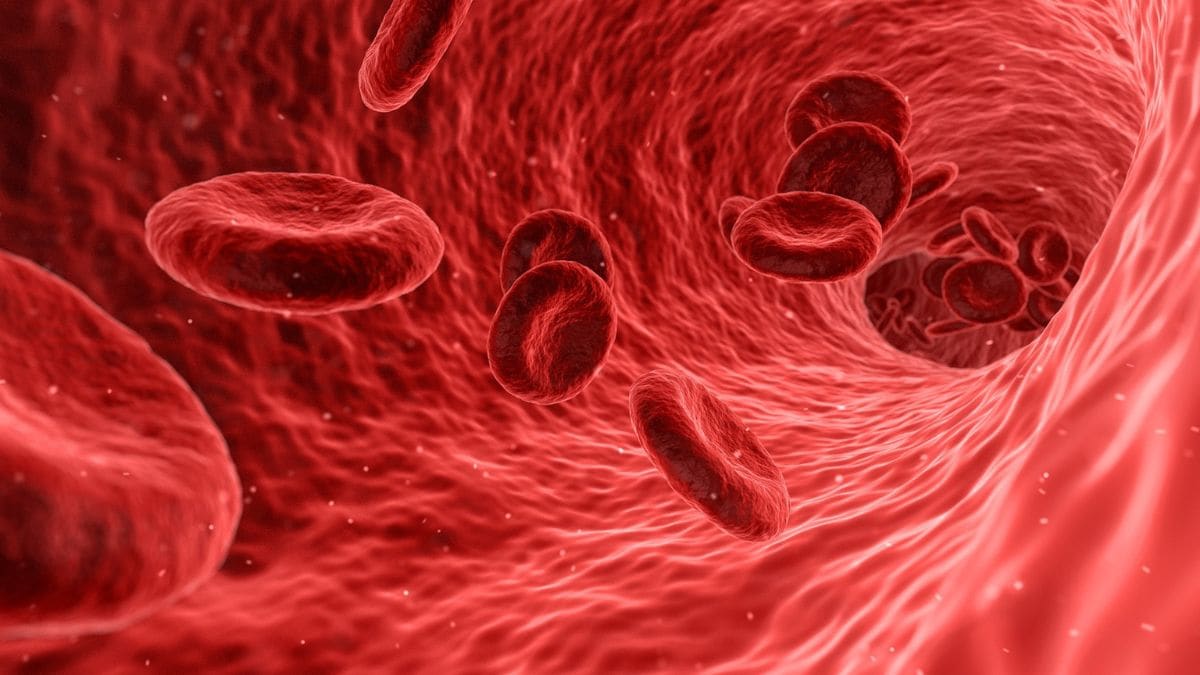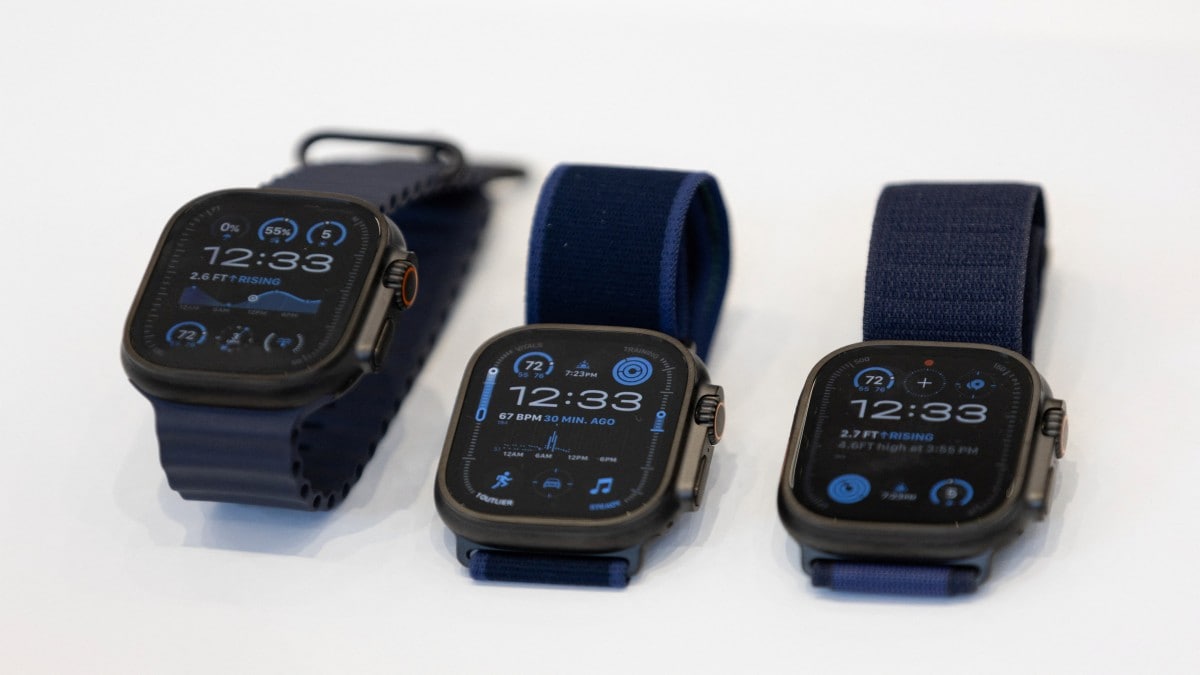After 13 years, ICMR, India’s apex health research body, has released a new set of dietary guidelines. It has recommended limiting the consumption of cereals and increasing the intake of pulses, meat, poultry, and fish. Ultra-processed foods like chips should be avoided and artificial protein powders are a no-no read more
)
ICMR released new dietary guidelines for Indians after 13 years. Representative image. Pixabay
What does your thali look like? Is it loaded with fried savouries and flavourful sweets? Well, as per the Indian Council of Medical Research’s (ICMR) revised diet guidelines, these foods look good on your plate only once in a while.
After a 13-year-long hiatus, India’s apex health research body released a set of new ‘Dietary Guidelines For Indians” (DGI) on Wednesday, keeping in mind new scientific findings, lifestyle changes, and food habits to mitigate the risk of non-communicable diseases like obesity and diabetes.
From a warning to vegetarians to saying no to protein supplements, let’s take a closer look at what the Hyderabad-based National Institute of Nutrition (NIN) diet suggests for India’s changing food scenario.
What should your plate look like?
According to the ICMR’s diet booklet, Indians are advised to derive macronutrients (fat, protein, and carbohydrate) and micronutrients (vitamins and minerals) from at least eight food groups for their daily meals.
While advising to restrict added sugar, salt, and fat intake, it recommended vegetables, fruits, green leafy vegetables, roots, and tubers to compose about half of the daily food intake. The remaining portion should consist of cereals, millets, pulses, flesh foods, eggs, nuts, oil seeds, and milk or curd.
Foods of animal origin like milk, eggs, and meat are particularly recommended for pregnant and lactating women, children, and adolescents.
According to current data, cereals contribute to 50 to 70 per cent of total energy intake daily. ICMR suggested its consumption to be limited to 45 per cent. It advised increasing the intake of pulses, meat, poultry, and fish up to 15 per cent from the current six to nine per cent. It also said that our total fat intake should be less than or equal to 30 per cent of total energy.
One of the key suggestions is to reduce the use of cooking oil and obtain essential fatty acids through nuts, oilseeds, milk products and seafood adding they should provide at least 10 per cent of total energy per day.
“Through the DGIs, we emphasise that the most logical, sustainable, and long-term solution to all forms of malnutrition is ensuring the availability, accessibility, and affordability of nutrient-rich foods while promoting consumption of diverse foods,” Hemalatha R, director, ICMR-NIN, and chairperson of the expert committee that brought out these guidelines said.
What is the advice on ultra-processed foods?
Bid farewell to chips and ice creams, as such ultra-processed foods are a big no, according to ICMR.
The guidelines emphasise that instant foods such as noodles, breakfast cereals, soup mixes, and cake mixes are classified as ultra-processed foods. They clarify that simply enriching or fortifying these foods with nutrients does not make them healthy choices.
It also asked the consumers to read through the food labels rather than relying solely on cost and brand names before making a purchase decision.
Consumption of ultra-processed food, which is not only high in fat, sugar, and salt causes conditions such as obesity but also heightens the risks of heart attack, stroke, and diabetes. They are also said to hasten the process of ageing, the ICMR warned in its guidelines.
“Estimates show that 56.4 per cent of the total disease burden in India is due to unhealthy diets. Healthy diets and physical activity can reduce a substantial proportion of coronary heart disease and hypertension, and prevent up to 80 per cent of type 2 diabetes,” ICMR adds.
The experts advised following an exercise routine. “Physical activity is also essential for appropriate utilisation of all nutrients from a balanced diet.”
What about protein supplements?
Healthy diets and physical activity help in maintaining a healthy lifestyle, but with many people thronging to the gym taking protein supplements has become a norm.
ICMR has advised against using artificial protein powders made from eggs, dairy milk, or plant sources such as soybeans, peas, and rice.
“Protein powders may also contain added sugars, non-caloric sweeteners, and additives such as artificial flavouring, hence, are not advisable for regular consumption. Proteins rich in branched-chain amino acids may increase the risk of non-communicable diseases. Consuming high levels of protein is therefore not advisable,” NIN said.
Dietary protein supplementation is associated with only a small increase in muscle strength and size during prolonged resistance exercise training (RET) in healthy adults. Protein intake levels greater than 1.6g/kg body weight/day do not contribute further to RET-induced gains, according to research quoted by The Times of India.
Why cookware matters
The ICMR also made suggestions on cookware that are safe to use.
The medical body has given a thumbs up to using air-fryers and granite-coated utensils (with no Teflon coating) for cooking.
NIN said that Earthen pots are the safest cookware as they are eco-friendly, require less oil, and preserve nutrition. It warned against using non-stick pans above 170 degrees of temperature and asked to discard pans with damaged or worn-out coatings.
It also advised against storing acidic and hot food items in aluminium and iron containers, making an exception for brass and copper vessels. It also considered stainless steel items as safe as they do not leach.
The ICMR also debunked the myth surrounding cooking in microwaves, stating that there are minimal differences in the nutritional quality of food prepared by conventional cooking compared to microwave cooking.
Additionally, they highlighted that microwaves retain more vitamins and minerals than any other cooking method, as there is no leaching of nutrients during the process.
Director Hemalatha R also said the guidelines would “facilitate the attainment of the goals stated in the National Nutrition Policy. The guidelines are also consistent with the goals set in the National Policies on Agriculture and Health.”
With input from agencies

 4 months ago
13
4 months ago
13


















)
)
)
)
)
)
)
 English (US) ·
English (US) ·